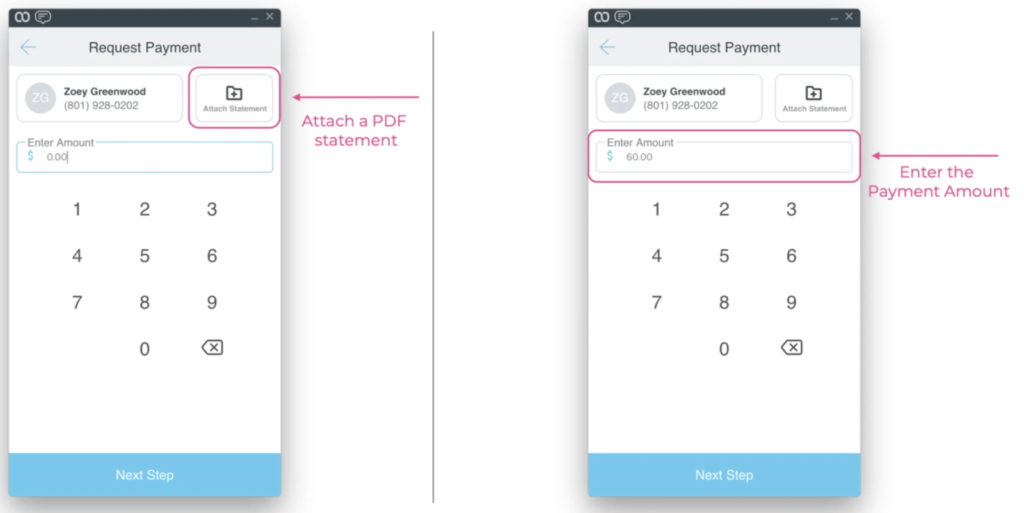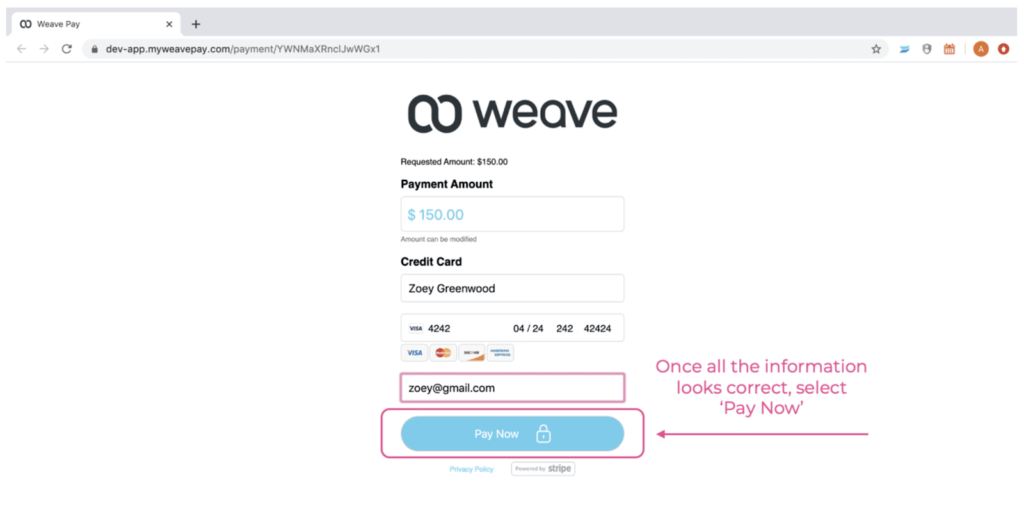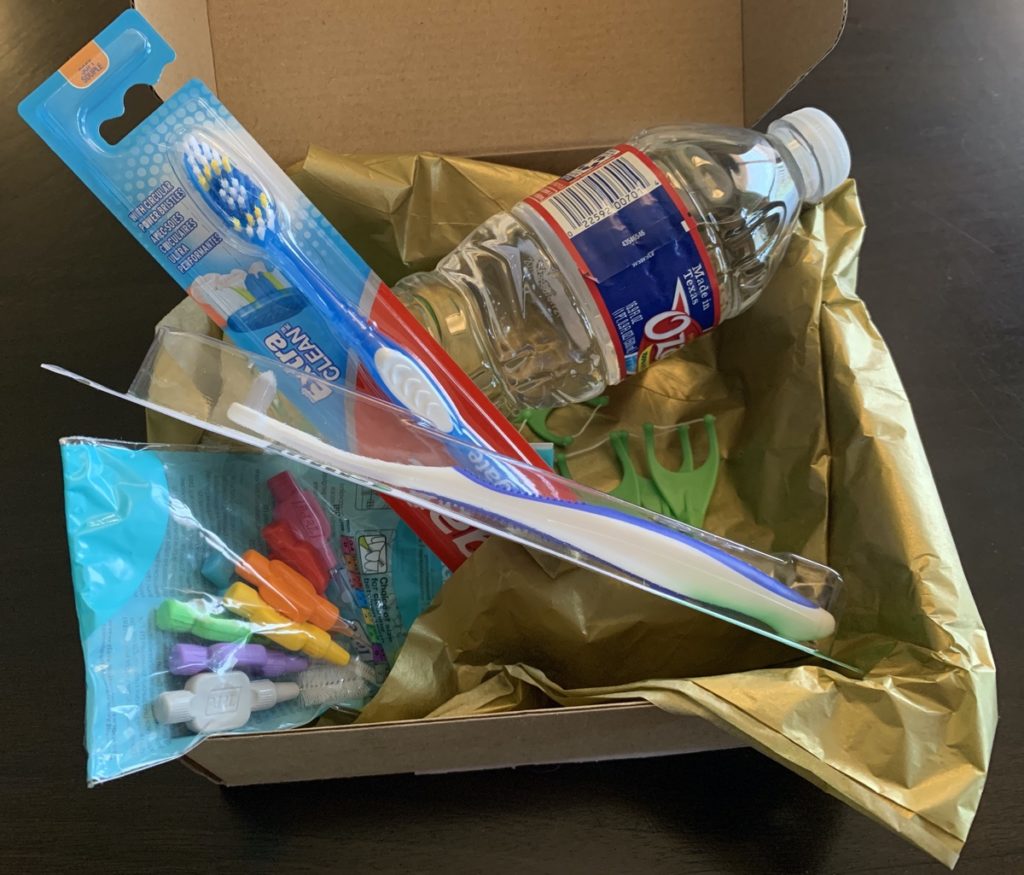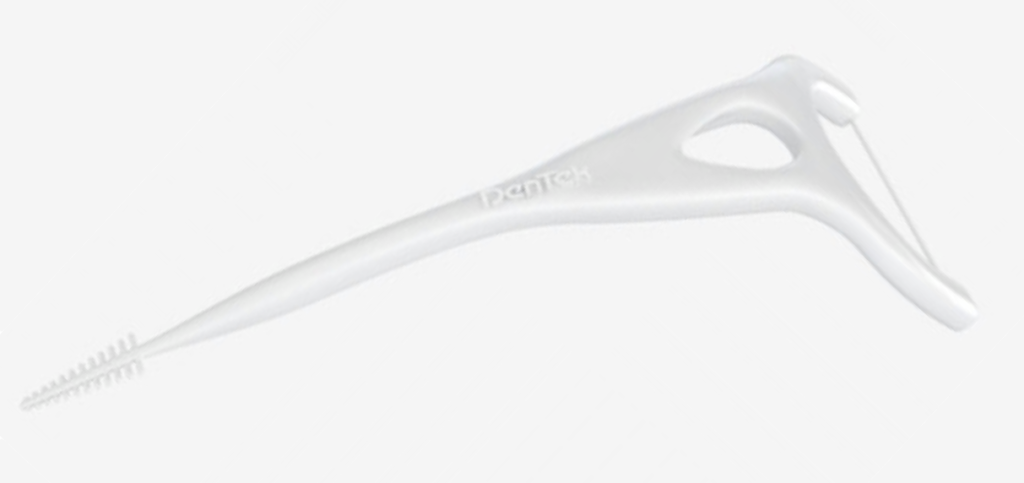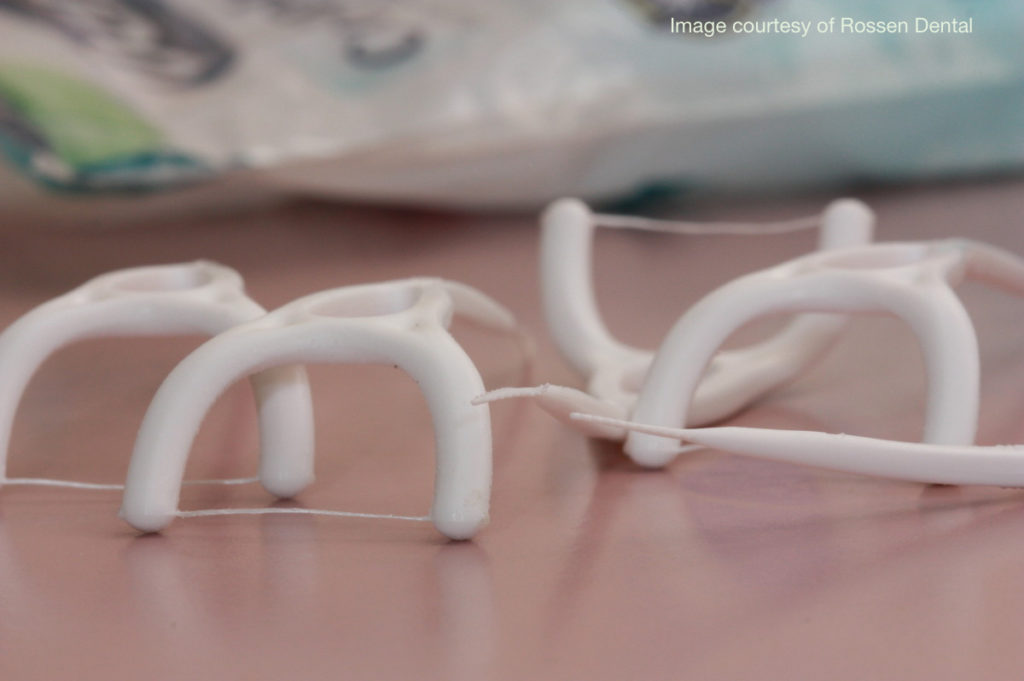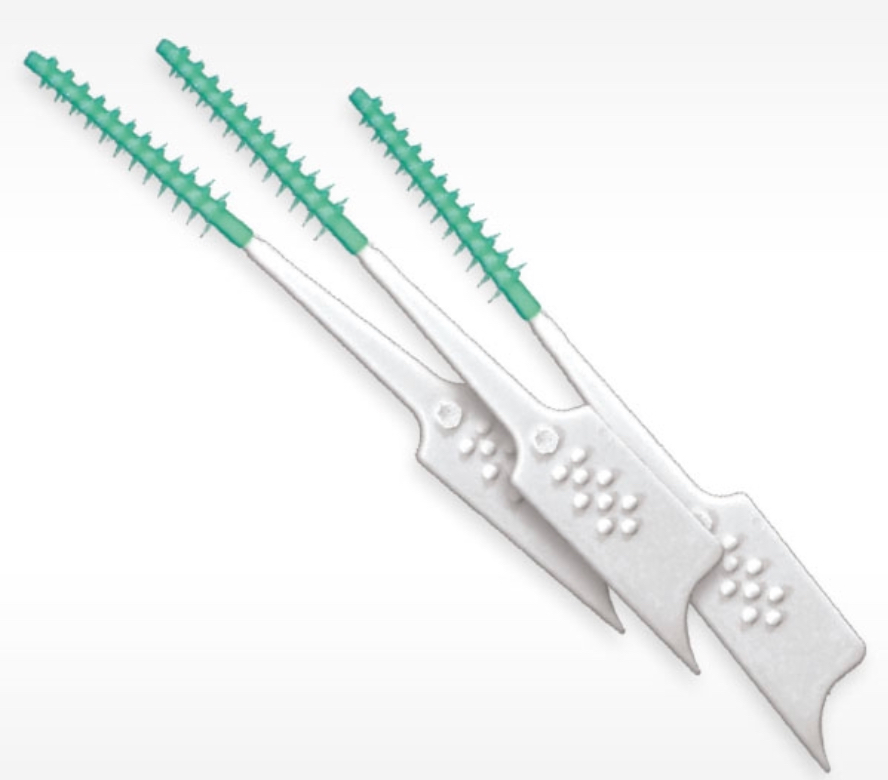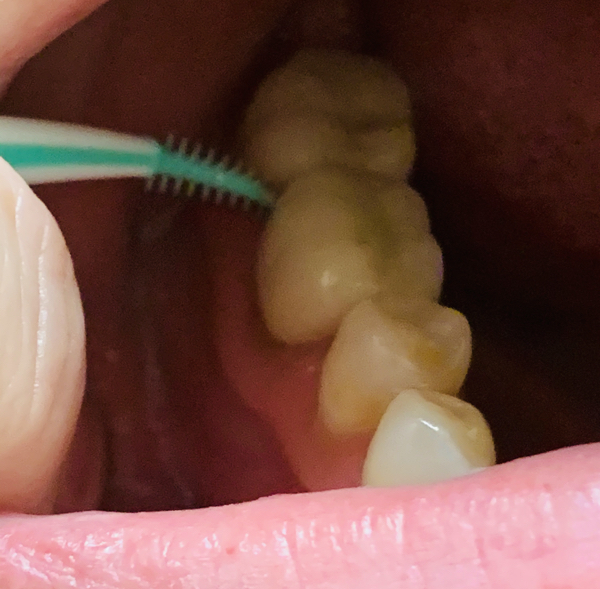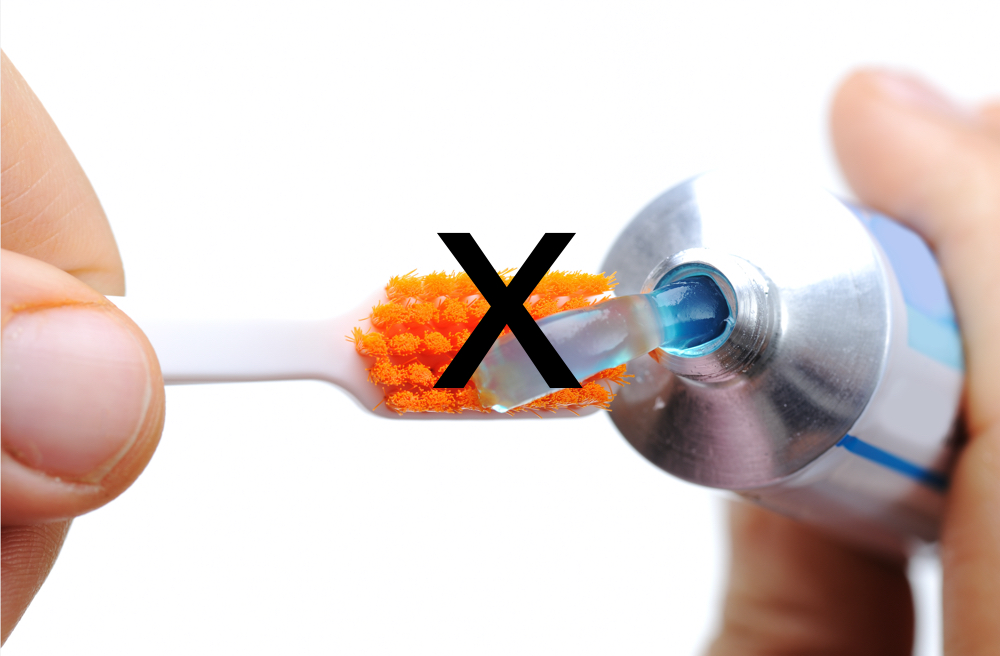
Did you try to access this guide on the American Dental Association website, but have decided that you don’t want to share your email address with them? Instead, use the link below to view the ADA COVID-19 pandemic recovery guide immediately:
https://success.ada.org/~/media/CPS/Files/Open%20Files/ADA_Return_to_Work_Toolkit.pdf

As a bonus, if you’re in Texas, or are just nosy about the current guidelines for dental practices reopening in this state very shortly, here’s that link as well:

